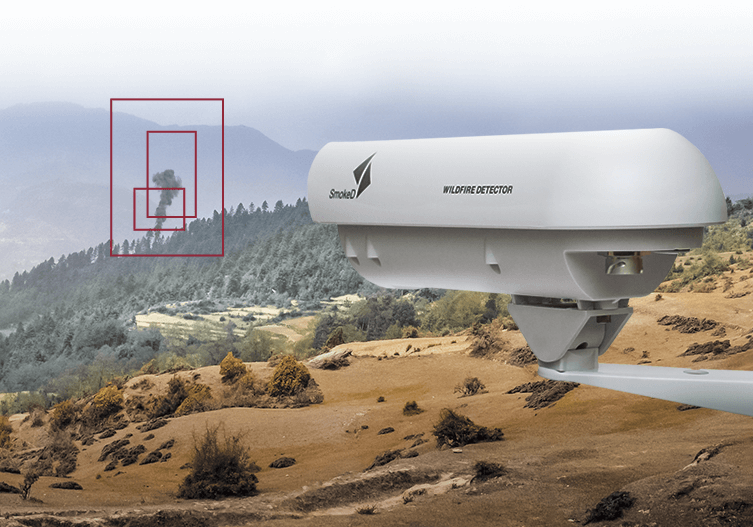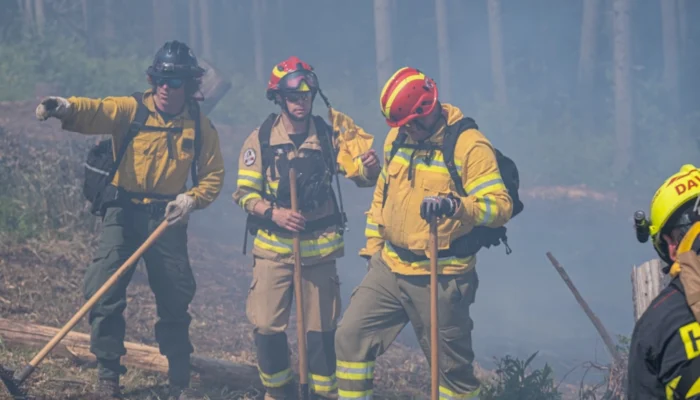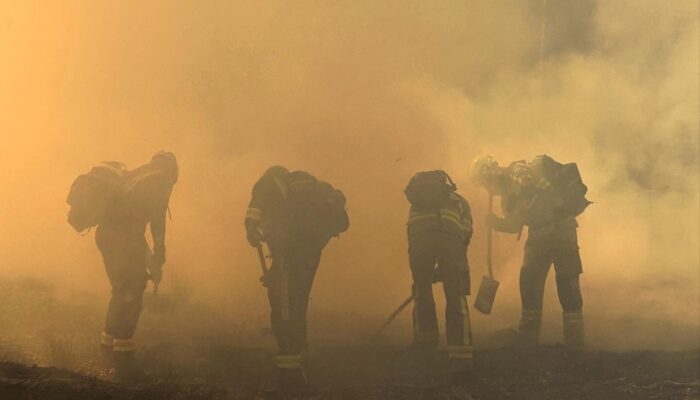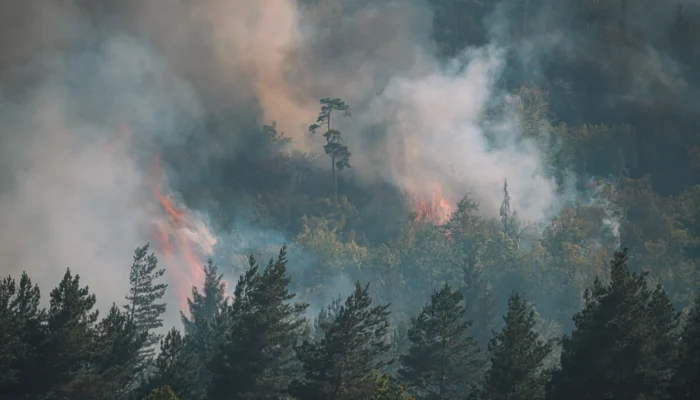In unfavorable weather conditions – such as strong wind, high temperatures, drought – wildfires can double in size within minutes. That is why fast detection is crucial in solving the problem of uncontrolled wildfires by minimizing potential damages, however, it has to be well-coordinated with a system that alerts the people. Fortunately, as technology progresses, we have been constantly automizing the processes of both detecting wildfires and raising alerts.
Coming back to the General Techniques of wildfire detection series where I briefly described the phenomena of Fire Lookouts and Aerial Patrols, I would like you to focus on solutions that are a major technological leap in wildfire detection, including new tools such as the Fire and Smoke Detection cameras as well as algorithms. There are a couple of fully or partially automated detection systems and I would like to introduce the most popular and promising ones.
.
Table of Contents
ToggleVisible cameras – tools for dispatchers
Equipping dispatchers with cameras is an obvious solution where the responsibility to monitor the areas at risk still falls onto the staff of so-called Emergency Dispatch Points. The footage from cameras is displayed on screens and once a dispatcher notices traces of fire, they might alert the appropriate authorities and initiate an extinguishing action.
The main advantage of this solution is easy implementation, however, its main drawback is the fact that the detection itself still relies on a human being – their training, experience, and perception. Additionally, if we intended to monitor an area 24/7, we would need to employ additional staff – also for night shifts – to guarantee all-day-all-night coverage which significantly raises the costs.
.
Video sensors – camera as a new fire lookout
Installing video sensors, including the Fire and Smoke Detection cameras, is becoming increasingly popular due to this solution’s numerous advantages:
.
- relatively low cost of the equipment and maintenance,
- 24/7 day-and-night detection coverage,
- simplicity – no need to employ or train highly-specialized staff,
- possibility to use already existing infrastructure, such as towers, buildings, roofs, and watchtowers (Fire Lookouts).
Let us look closer at the watchtower issue for a moment. Installing cameras on watchtowers seems like the perfect solution. As I have explained before, they are located in places granting a wide range of sight and – more often than not – in high-risk areas. They already are equipped with a power supply and Internet access is not an issue, considering the solutions currently available on the market. It is a fast and convenient solution.
Smoke detected by SmokeD System in Mammoth Mountain
Such systems consist of optical sensors installed inside a computer – which is responsible for the initial analysis – specialist software with algorithms enabling accurate analysis of pictures, and a communication network alerting the users of the upcoming danger – this is exactly how SmokeD System works.
One potential disadvantage might include the need for dense distribution of the cameras if we wanted to monitor extremely vast areas. The visual range of one camera is around 10 miles, however, in good weather, it might be even farther. Nonetheless, it might not be that much of a disadvantage. After all, it depends on the size of the area we wish to cover. We are able to map out all the necessary installation spots by carrying out an initial GIS analysis to evaluate the visibility, followed by the on-site verification. Such cameras can also be installed on the city outskirts to monitor the sources of a potential fire hazard.




